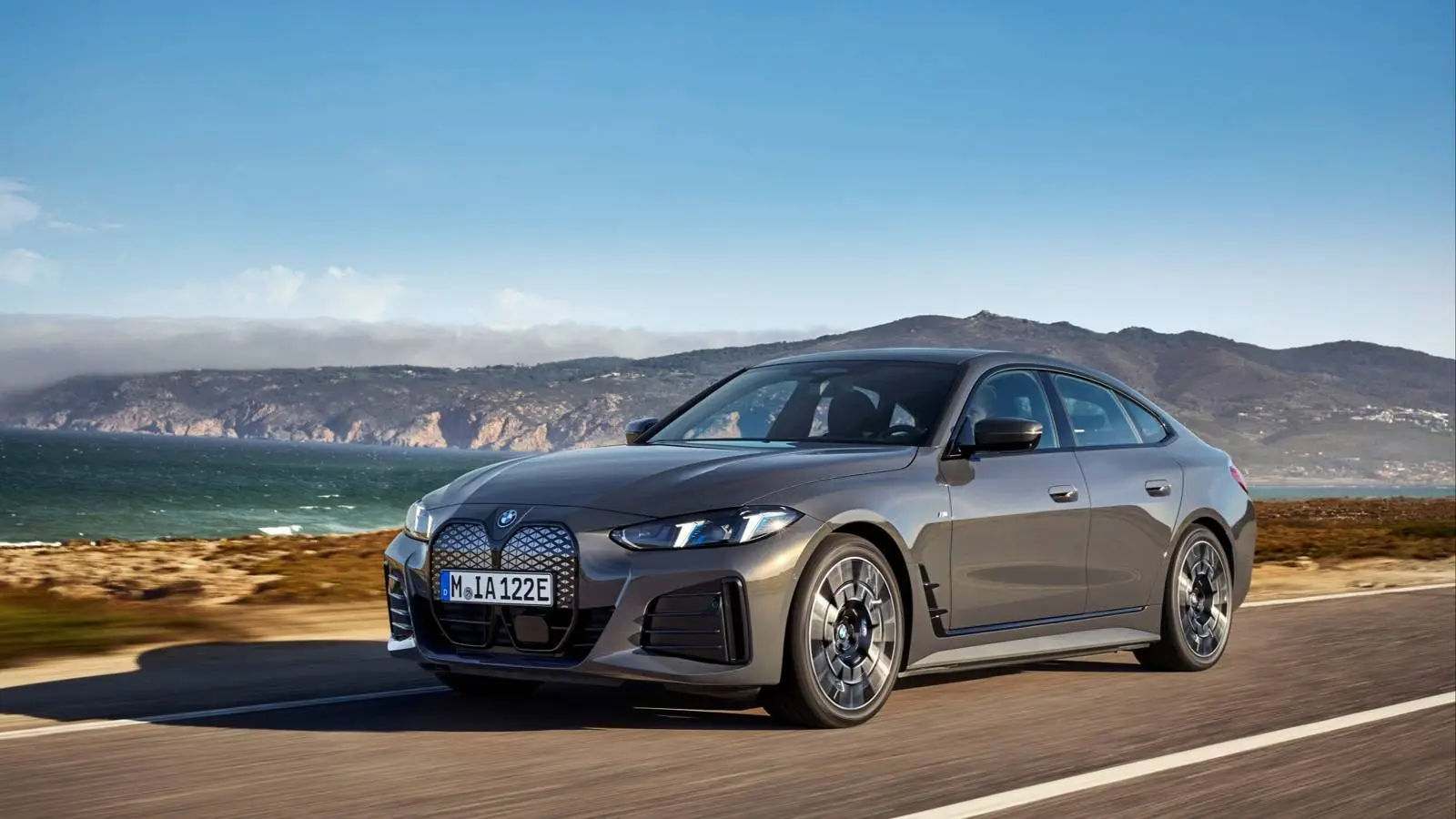The Changing Perception of Speed: 30 km/h vs 300+ km/h

Explore how our brain perceives speed, from early 30 km/h motion to extreme 300+ km/h, and how sound, visuals, and road design affect it today.
There was a time when moving at 30 kilometers per hour felt exhilarating — a marvel of modernity. Today, we easily cruise at ten times that speed, often without giving it a second thought. But while technology has leapt forward, the human brain remains a curious filter: it doesn’t simply “see” speed — it interprets it, weighs it, sometimes bends it. And this interpretation is anything but linear.
The Brain Behind the Wheel: Where Speed Is Felt, Not Measured
It all starts in the MT region of the brain — a key area for processing visual motion. According to a 2022 study in the Journal of Neuroscience, our neurons adapt based on previous experience, reinforcing a Bayesian model of perception. In this framework, the brain doesn’t just register motion; it makes educated guesses based on past patterns. The result? We tend to underestimate high speeds — not out of error, but because our brains believe that's the more likely scenario.
Optical Illusions on the Road
The eyes can be deceived. A 2023 study in Cognitive Research found that moving lights coming toward us — think oncoming headlights — reduce perceived speed, especially in dark, featureless environments. On an unlit highway, your brain might quietly convince you you're going slower than you actually are.
Visual anchors — roadside trees, poles, or lane markers — work in the opposite direction. Their presence helps stabilize perception and bring subjective speed closer to reality. This means that road design isn’t just about safety — it’s about perception engineering.
When Sound Enters the Equation
Hearing plays a bigger role than you might expect. In a 2025 simulation-based study (ScienceDirect), adding wind noise made participants judge their speed as significantly higher — and more accurately. Another 2024 paper on SSRN showed that rich audio-visual environments improve speed estimation overall.
These findings have real-world implications. In-vehicle systems could use sound and light cues not just for alerts but to subtly correct our internal speedometers.
The Missing Link: What About 300 km/h and Beyond?
Here's the catch: despite all the research, there's nothing recent that directly investigates how we perceive speeds over 300 km/h. It’s a blank spot on the map — possibly due to safety concerns or experimental limitations. But the gap is real, and it matters. We know almost nothing about what it’s like, perceptually, to hurtle through space at such extremes.
Looking Ahead: Sensing the Future of Speed
There is hope, though. New explorations in VR, haptics, and immersive environments may soon allow scientists to simulate and study ultra-high-speed perception safely. These insights could be key to building better adaptive safety systems — especially in contexts like racing, aviation, or next-generation autonomous travel.
As we accelerate into the future, one thing is clear: understanding how speed feels — not just how it measures — could be the difference between control and confusion. From the steady hum of 30 km/h to the roar of 300+, perception may be our most important co-pilot.
Allen Garwin
2025, Jun 19 18:06


